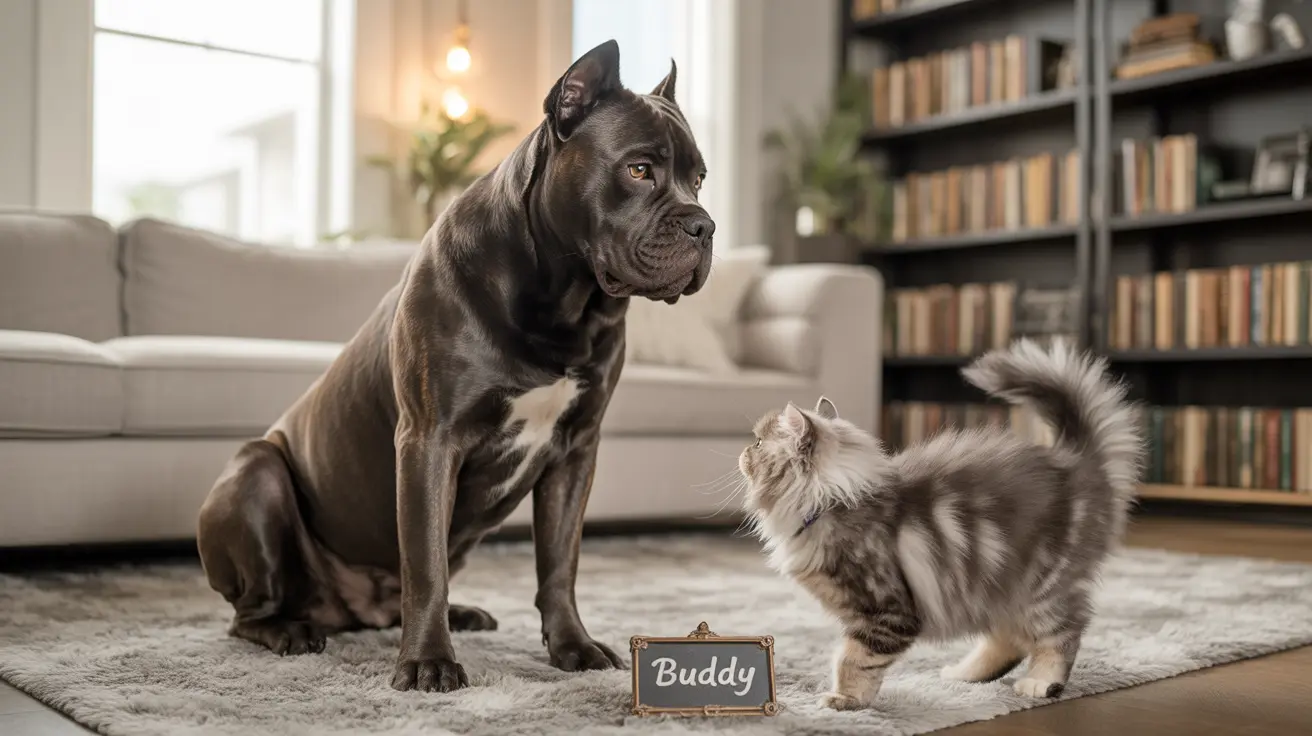Understanding Cane Corso Temperament
Cane Corsos are intelligent, loyal dogs originally bred for guarding property and livestock. Their natural protective instincts and high prey drive can make them challenging companions for cats, but their intelligence and trainability work in their favor.
- Highly protective of family members
- Intelligent and eager to please
- Strong and athletic
- Naturally territorial
- Responsive to consistent training
The Importance of Early Socialization
Early exposure to cats significantly increases the likelihood of peaceful coexistence. Cane Corso puppies introduced to cats during their critical socialization period (3-16 weeks) are more likely to accept felines as family members rather than prey.
Adult Cane Corsos without prior cat exposure may require more intensive training and management, though success is still possible with patience and proper techniques.
Creating a Safe Introduction Process
A successful introduction between a Cane Corso and cat requires careful planning and execution:
Phase 1: Scent Familiarization
Begin by exchanging bedding between pets, allowing each animal to become familiar with the other's scent without direct contact.
Phase 2: Visual Contact
Use baby gates or glass doors to allow pets to see each other while maintaining physical separation. This helps gauge initial reactions and establish boundaries.
Phase 3: Controlled Meetings
Conduct supervised meetings with the Cane Corso leashed and the cat free to retreat. Keep sessions short and positive, rewarding calm behavior from both animals.
Ongoing Management and Training
Success requires consistent management even after initial introductions:
- Maintain separate feeding areas
- Provide elevated spaces for cats to escape
- Never leave pets unsupervised until fully trusted
- Continue positive reinforcement training
- Watch for signs of stress or aggression
Setting Realistic Expectations
While many Cane Corsos successfully live with cats, success depends on individual temperament, training dedication, and proper management. Some dogs may never be trustworthy around cats, while others become protective guardians of their feline siblings.
Frequently Asked Questions
Are Cane Corsos naturally good with cats, or do they need special training to get along?
Cane Corsos typically need special training and careful socialization to live safely with cats. While not naturally cat-friendly, their intelligence and trainability make positive relationships possible with proper guidance.
How should I introduce my Cane Corso to my cat to ensure a peaceful relationship?
Use a gradual, controlled introduction process starting with scent exchange, progressing to visual contact through barriers, and finally supervised direct interactions. Always ensure the cat has escape routes and never force interactions.
Can adult Cane Corsos with no prior cat exposure live safely with cats?
Yes, but it requires more time, patience, and careful management. Success rates are typically higher with puppies or dogs who have previous positive experiences with cats.
What signs show if my Cane Corso is stressed or aggressive toward my cat?
Watch for staring, stalking, stiff body posture, growling, or excessive fixation on the cat. Positive signs include relaxed body language, casual glances, and the ability to ignore the cat's presence.
How can I manage a Cane Corso's prey drive to keep my cat safe at home?
Maintain consistent training, provide adequate exercise and mental stimulation, create safe spaces for your cat, and never leave them unsupervised until you're completely confident in their relationship.
With proper training, socialization, and management, many Cane Corsos can develop positive relationships with cats. Success requires commitment to training, careful supervision, and an understanding of both species' needs and behaviors.






